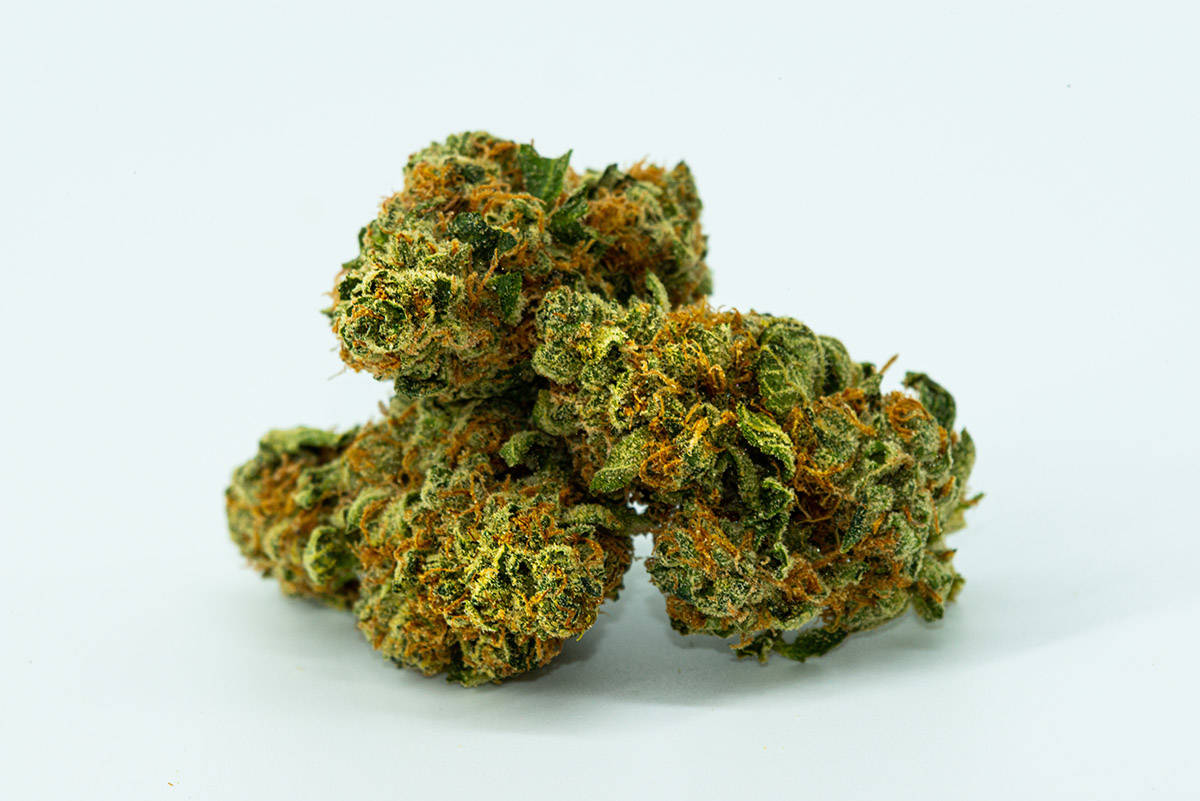By Ainsley Smith
From Pineapple Express and OG Kush to Snoop’s Dreams and BC Bud, the names of cannabis strains are both unique and obscure and just like our own names, they have their own story to tell.
Some names might suggest where a strain originates from or its flavour profile, while others – even when they bear the same name – can vary wildly in their potency, effects and appearance, as well as differ from dispensary to dispensary.
This leaves us to wonder where do strains come from and how do they get their unique names?
Like our own names, some are unique simply because they hold a significant meaning to our parents, while others are passed on from previous generations.
Strain naming follows similar patterns and there really is no standard guideline or policies for breeders to follow.
Most of the strains available today are hybrids of two parent strains: Sativa and Indica. Each strain has its own range of effects on the body, with Indica generally providing a sense of deep body relaxation and Sativa typically providing a more energizing experience.
The most modern strains really began to take hold in the late ’60s when breeders started transporting them from other parts of the world and transplanting them locally, in cooler climates and warm.
To meet consumer demand and transparency, growers branded these varieties accordingly, with some of the first and most well-known strains named after their geographic origins: such as Acapulco Gold, Panama Red and Afghan Kush.
These OG strains have become the foundation of the genetic diversity in bud we see today Known more formally as landraces, they’ve been modified over time to develop thousands of crossbred hybrids.
Today’s growers face different challenges than 40 years ago – particularly on the marketing front. Names have to carry a punch, be memorable and reinforce a company’s brand.
- The pop culture route: Names like Khalifa Kush, Charlie Sheen, Michael Phelps OG and Bob Saget can be found regularly in retail stores.
- By the strain’s effect: Blue Dream, a crossbreed of Blueberry and Purple Haze, gets its name for creating a dreamy mental state.
- Back to its roots: Sometimes a strain is named by creatively combining its parents strain names. Berry White, for instance, is a hybrid strain that is the offspring of the parents of Blueberry and White Widow.
Some names are completely random and most likely only mean something to the grower themselves. There’s even an online generator available to help you name your very own strain – and trust us, the options are pretty comical.
With so many different strains flooding the market, the names will see the same cultural ebbs and flows of other hot products, like within the makeup industry. Just like choosing a wine based on the label’s design, a strain’s name is one of the fun ways to decide what strain to try out. Here’s to hoping growers continue churning out strains like Chocolate Fondue and BC Organic Toffee as opposed to Monkey Glue.

